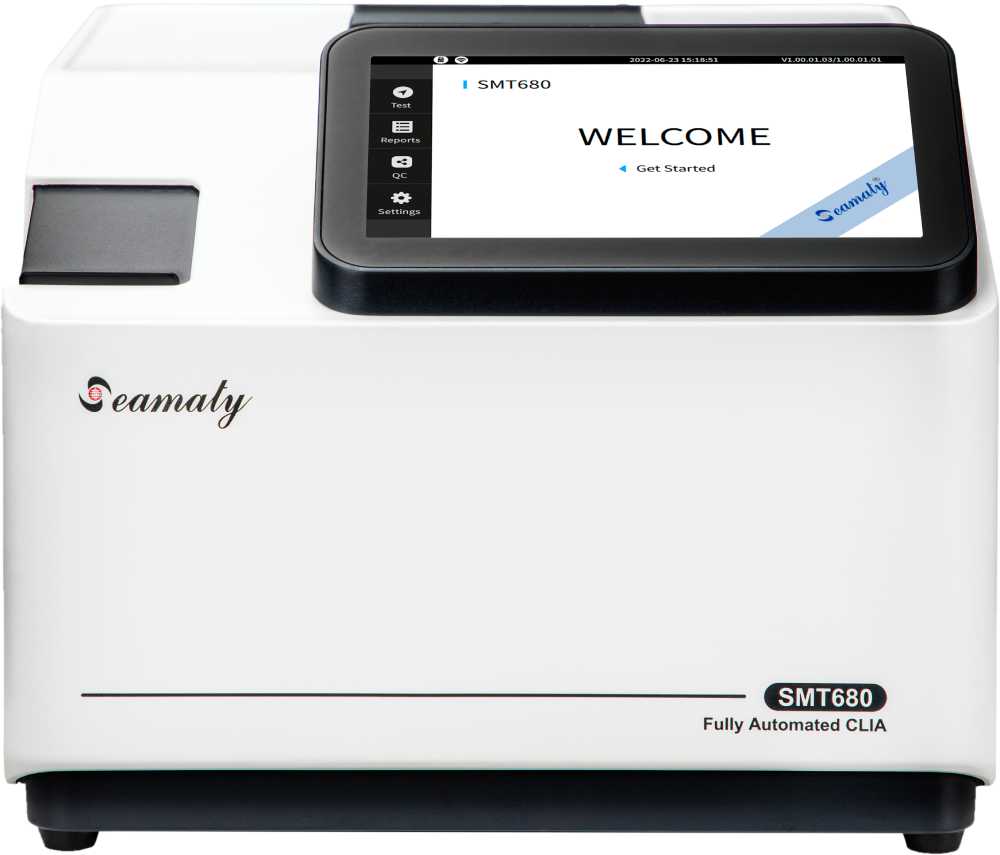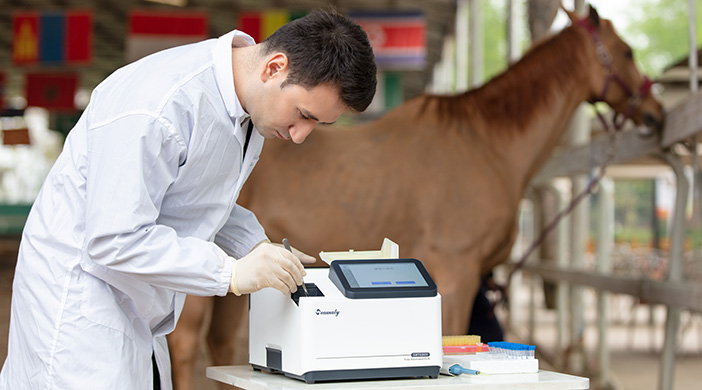release time:2022-04-08 17:01:23
In most cases it is not possible to obtain tissue for biopsy, so blood is the most readily available sample that best reflects the physiological functions of the body. Biochemical tests to measure the electrolyte content of blood can provide a scientific basis for diagnosis.
When potassium and sodium levels in animals such as livestock are below normal physiological levels, malnutrition and potassium and sodium deficiencies may occur. This usually manifests itself as vomiting and diarrhoea. If potassium is above the physiologically normal level, pneumonia, asthma and metabolic acidosis may occur.
Low concentrations of calcium ions act on neuromuscular synapses and cause aganglionosis. In addition, calcium ion loss is also seen in chronic diarrhoea. Therefore, daily monitoring of electrolyte levels in livestock and poultry animals can provide a scientific basis for better feeding management, rational feed preparation, and micronutrient supplementation.
For example, cattle are important livestock, with no less than 5 million cattle dying from BVDV infection each year around the world, accounting for 0.5% to l% of the total number of cattle kept. As BVDV can be transmitted through various routes such as oral and nasal contact and blood. And the morbidity rate of cattle infected with BVDV is high but the mortality rate is low. Therefore a significant proportion of the cattle herd are carriers of BVDV.
The economic cost of BVDV to the livestock industry is considerable. Infected cattle have abnormal concentrations of the electrolytes K+, Na+ and Cl- in their blood serum and may exhibit unusual physiological states. If the electrolyte levels are measured, it can be used to determine whether the herd is infected with BVDV.

2024-03-05
Limited resources in remote clinics shouldn't limit diagnoses. Explore how Seamaty POC analyzers bring advanced blood gas, chemistry, and immunoassay testing directly to patients, improving healthcare access and outcomes in remote areas.

2022-09-27
SMT680 automatic chemiluminescence immunoassay analyzer is the world's first immunoassay analyzer with fully automatic capillary chemiluminescence detection system developed by Seamaty R&D department after years of hard work.

2021-08-19
Chemiluminescence immunoassay is an immunoassay instrument that directly labels antigen or antibody with chemiluminescent agent. Chemiluminescent immunoassay analyzer contains two parts, i.e. immuno-reaction system and chemiluminescent analysis system.